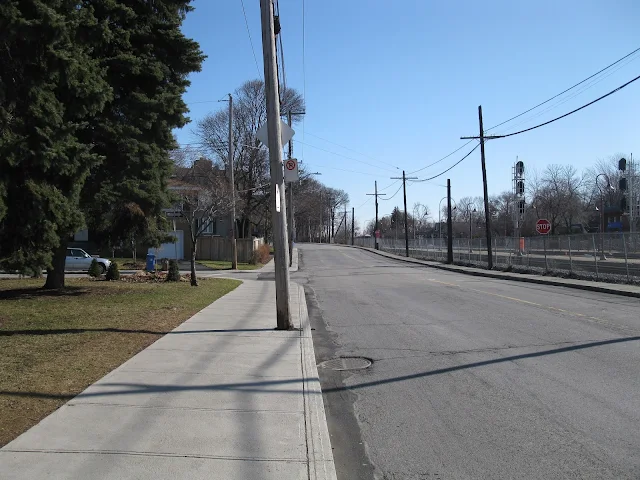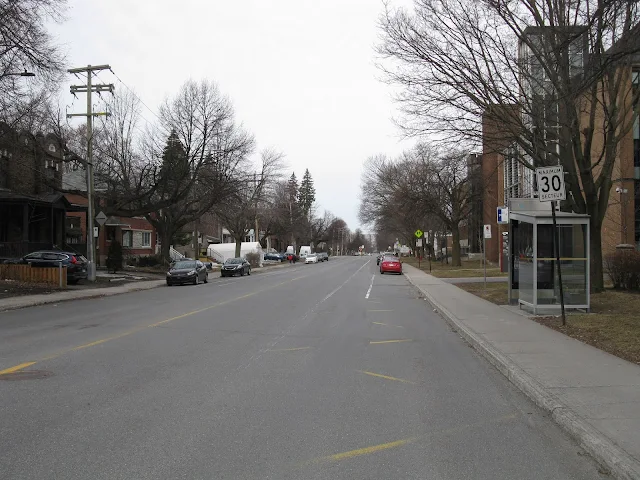Tuesday, December 22, 2020
Saturday, December 19, 2020
Thoughts on F.R. Scott
For the last six months I've been reading my way through the Montreal Group of poets who helped bring modernism in poetry to Canada back in the 1920s; the group includes four poets: F.R. Scott, A.J.M. Smith, John Glassco, Leo Kennedy, and A.M. Klein.
It's a different experience to read
someone's individual books than it is to read their collected poems. For
instance, F.R. Scott's Events and Signals
(1954) softens and humanizes him; perhaps this side of Scott isn't as evident
as in his Collected Poems (1981). In
fact, the Frank Scott in this earlier book is quite fascinating.
"Departure" seems to refer to his separation from his lover P.K.
Page in the late 1940s. For Peter Dale Scott his father's poems "A L'Ange
Avant Gardien" and "Will to Win" refer to the artist and dancer
Francoise Sullivan. We also know that Scott had a romantic relationship with
the artist Pegi Nichol, one of his wife's best friends, which perhaps gives us
a different perspective on his poem "For Pegi Nichol". Did the
affairs have the silent approval of his wife? "Invert" and
"Caring" give an insight into these affairs: it is that Scott was
always looking for love but also afraid to leave his marriage with someone he
also loved. As we say, "It's complicated."
I also reread F.R. Scott's The Dance is One (1973). Scott is not a
great poet, he's more of a "minor major poet" whose importance lies
in what he did (he helped bring modernism in poetry to Canada), who he knew
(Leon Edel, A.J.M. Smith, John Glassco), and what he believed (an inclusive federalist
vision of Canada). I met Scott once or twice and he was a lovely person. Louis Dudek
told me that Scott controlled every aspect of Sandra Djwa's biography, The Politics of the Imagination: A Life of
F.R. Scott (1987); I don't think Dudek's comment was a compliment for Scott
but part of Dudek's aversion to falsehood in literature. Consider that Scott did
not allow certain details about his private life to appear in Djwa's biography.
Indeed, Dudek seems to have had a double standard when it came to Scott; Dudek
rejected John Glassco's spurious memoir but he never objected to Scott's censorship
of Djwa's biography which included his repeated betrayal of his wife in a
series of affairs, but perhaps these affairs should remain private. Should they? Is anything private anymore? What about the children? Where is justice at the individual level?
I was also very impressed with
Scott's book of translations, St-Denys
Garneau & Anne Hebert: Translations/Traductions (1962), and there are
more translations in The Dance is One.
Both Hebert and Garneau deserve a lot more attention in English Canada. Scott's
work as a translator of French Canadian poetry deserves greater acknowledgement
and is a part of his literary career.
The title of The Dance is One is from Scott's poem "Dancing" and is
also the inscription on his and his wife's headstone in Mount Royal Cemetery. Another
of Scott's poems that deserves greater attention is "Letters From the
MacKenzie River, 1956", published in The
Dance is One (1973. In this poem Frank Scott refers to, among other things
about the North, the residential schools; he is prescient in exposing how bad
these institutions actually were, he writes,
Upstairs on
the second story
Seventy
little cots
Touching
end to end
In a
room 30 by 40
Housed
the resident boys
In
this firetrap mental gaol.
There are other poems of Frank Scott
that deserve to be mentioned, for instance "The Laurentian Shield"
which is anthologized and among the best of Scott's writing. Otherwise, I am
not a fan of satirical writing so those poems of Scott's hold little interest
for me.
Thursday, December 17, 2020
Remembering Carol Novack
I just found these photos from 2008 when we visited with Carol Novack in NYC; she was a friend of my wife's from when they studied at the University of Rochester; the others friends, including David Diefendorf, ended up living in Burlington, Vermont, but not Carol who had a condo adjacent to 6th Avenue. Carol founded the Mad Hatter's Review and invited us down for a reading at Haven Art Gallery in the South Bronx. It was hot as hell and there was a party of bodega owners going on next door. One time Carol was visiting us and gave legal advice to Artie Gold, whose landlord was doing construction work that affected his COPD. It's a small world. She was a lawyer and also had a degree in Social Work; most of her life she wanted to write. Carol's father, Saul Novack, was a professor and dean of arts at Queen's College; she gave me some of his antique (old) clothes, a hat, a tie, they were too small to wear but too good to throw away. The family lived in Belle Harbor. Her parents, Phyllis and Saul, died on the same day, March 4th, but eleven years apart. I remember the phone call telling us that Carol had died, that was 29 December 2011.
 |
| Haven Art Gallery, 14 September 2008 |
 |
| Carol Novack |
 |
| Carolyn Zonailo |
 |
| Stephen Morrissey |
Friday, December 11, 2020
Resonances in Early December
Here we have Mathieu Gaudet's "Resonances" (2018) in early December, 2020. Photos taken 05 December 2020.
Quite spectacular! Quite beautiful!
Wednesday, November 18, 2020
The empty streets of March
Tuesday, November 17, 2020
Can you take me back?
Can you take me back where I came from? One pre-Covid day I found myself singing this Beatle's song to myself as I walked along the street. Whatever it meant before Covid, it now has a whole new meaning.
Can you take me back where I came from?
Can you take me back?
Honey are you happy living here?
I ain't happy living here baby
Honey can you take me back?
Not as widely reported was the increase in the number of suicides; there was one suicide a few blocks from here, we drove by the scene of this suicide a few minutes after it happened. I saw the body of the deceased lying on the grass surrounded by police officers. There was a second suicide also a few blocks away from where we live. Both of these suicides were at residences for old people. How could it have been otherwise? The old were isolated from other people and confined to their rooms.
Monday, November 16, 2020
Our empty pandemic streets
Staying at home, businesses closed, the streets were eerily quiet in March 2020; it was hard to believe that there were people living in those apartment buildings and houses. Many people didn't go outside, they were afraid of being infected by Covid-19, or they thought they weren't allowed to leave their homes. I continued with daily walks and saw very few people.
Saturday, November 14, 2020
Welcome to our Dystopian Future
My plan is to post photographs I've taken during the Covid months, in this first series the photographs were taken in March 2020. Below are photos of Cote St-Luc Shopping Centre (a half block from where I live) just days after it was closed due to Covid lockdown. At the time we didn't know what we were getting ourselves into and we're still not sure how this will end.














































